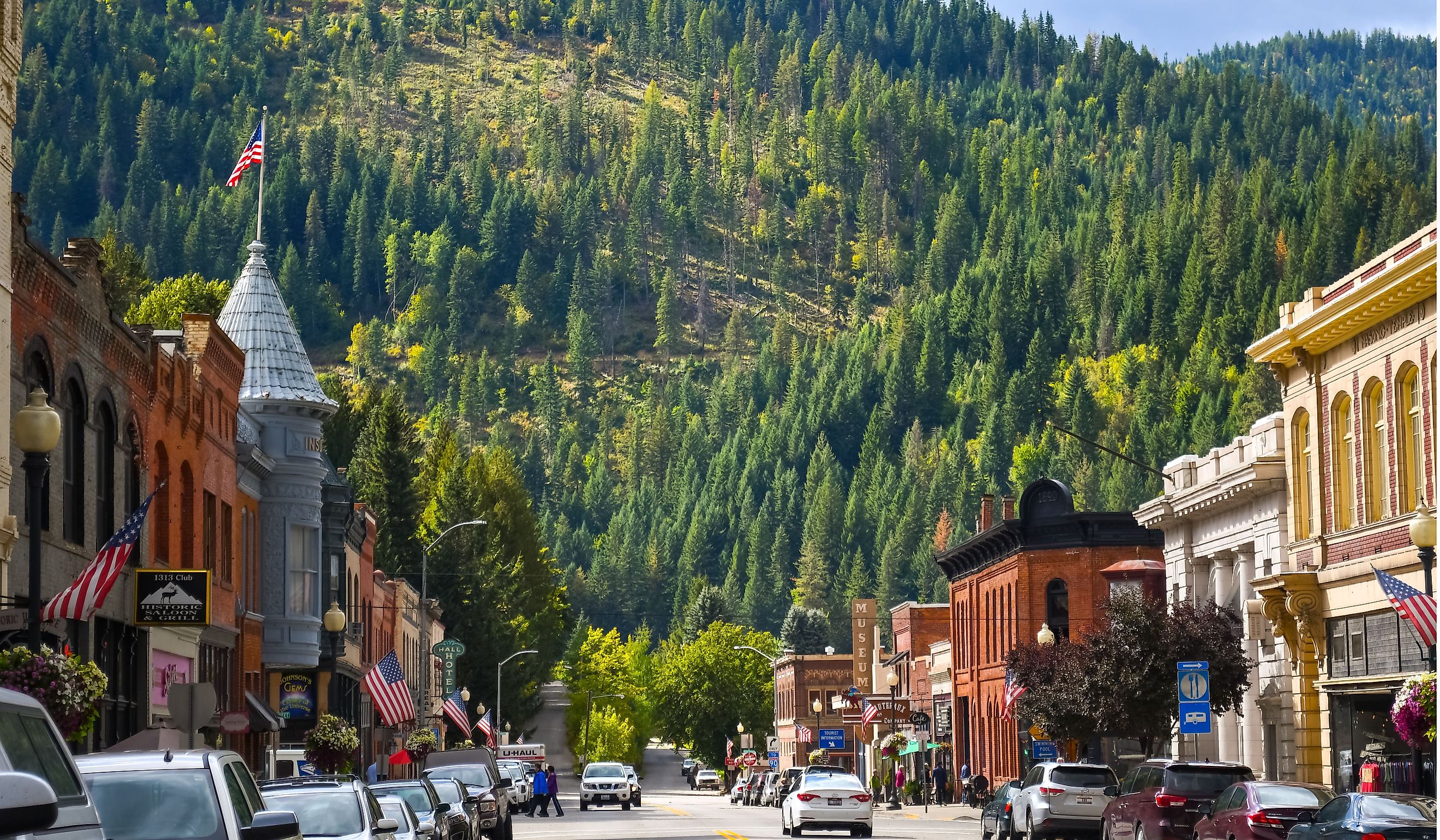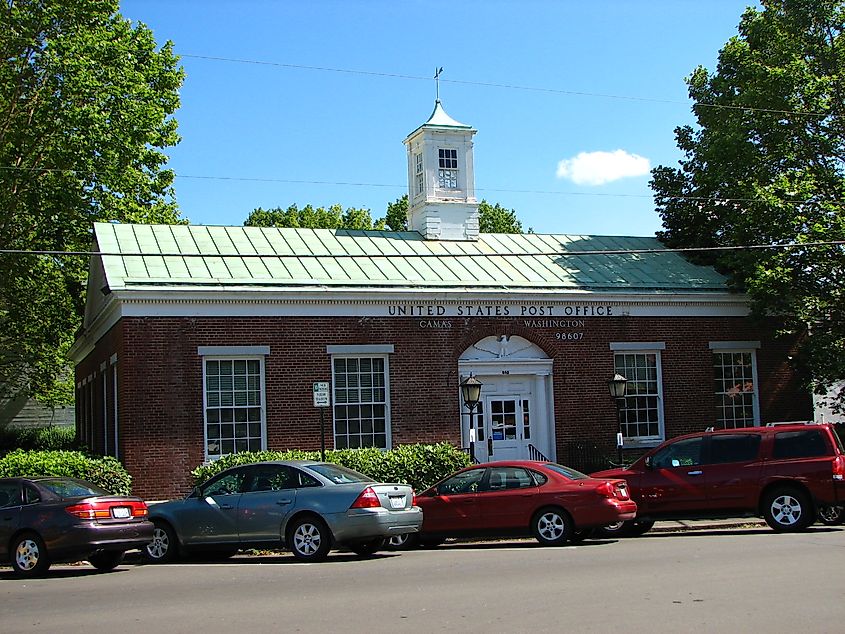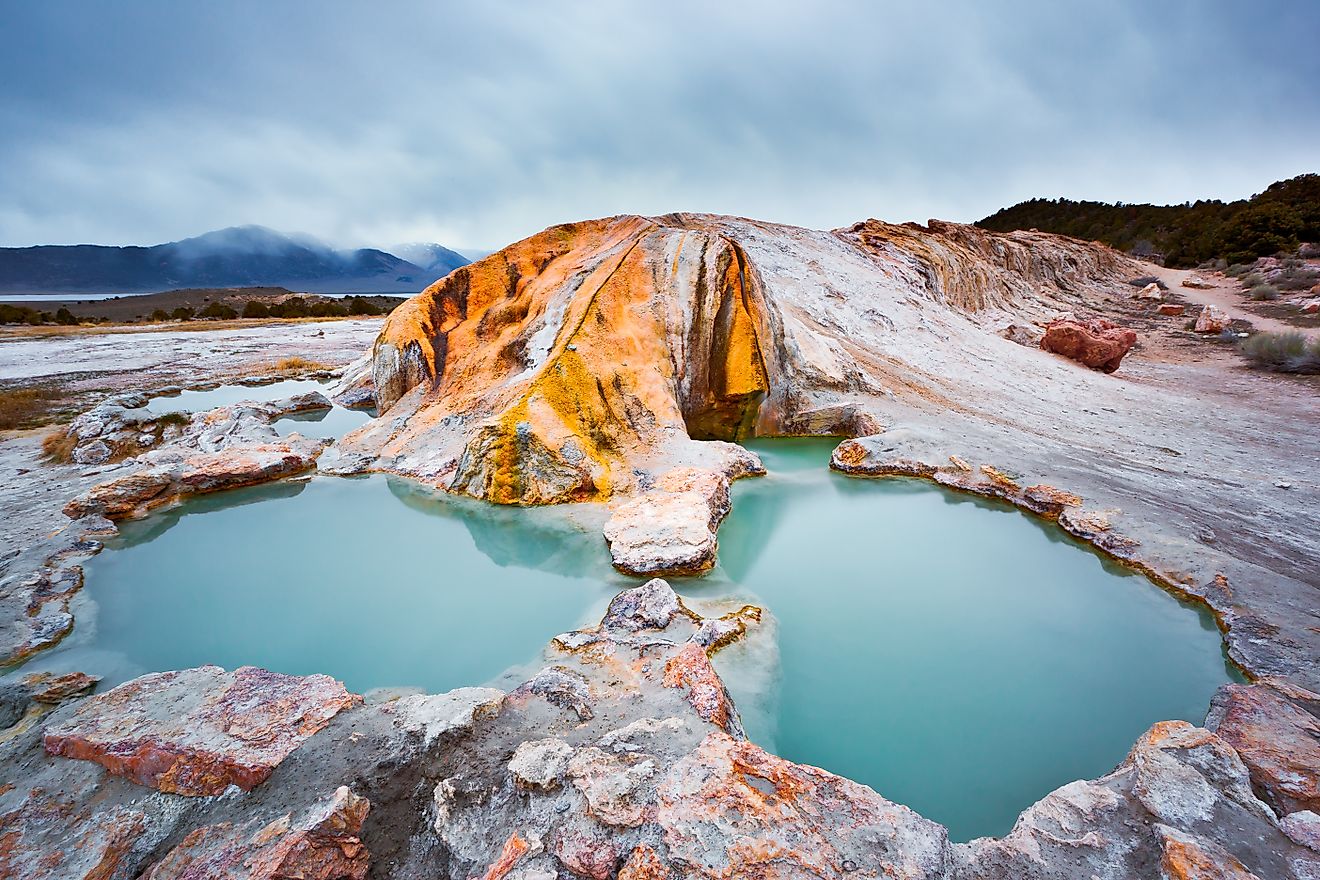
8 Towns In The Pacific Northwest That Were Frozen In Time
The Pacific Northwest is home to several towns that have managed to preserve their history in a number of different ways. Although it is one of the last corners of the country to be settled, it doesn't slouch in terms of unique historic landmarks that you can visit today. These communities, often untouched by modern development, reflect this northwestern region’s storied industrial, agricultural, and cultural roots.
From former mining hubs in the mountains to timber-rich settlements on the coast, here are 8 of the best towns in PNW that have a unique story to tell.
Jacksonville, Oregon

Jacksonville, located in the Rogue Valley of southern Oregon, is a bit of a living monument to the state’s Gold Rush era. Founded in the early 1850s after gold was discovered in nearby Jackson Creek, the town quickly became a bustling center of commerce in the region. By the late 19th century, Jacksonville’s prominence began to wane as the railroad bypassed the town, inadvertently preserving its charm and making it the historic tourist destination it is today.
Port Townsend, Washington

Port Townsend, located at the northeastern tip of the Olympic Peninsula, is a prime example of a Victorian-era seaport town. Incorporated in 1851, the town flourished during the late 19th century as a hub for ocean-based trade.
Its downtown, a designated National Historic District, features many meticulously restored buildings that now house shops, restaurants, and a number of other businesses and amenities.
A visit to Port Townsend should start at the Jefferson County Historical Society Museum, where exhibits detail the town’s longstanding heritage and the Klallam people, who originally inhabited the area. Fort Worden State Park, a former military installation, is intriguing with its historic bunkers, commanding views of Puget Sound, and a century-old lighthouse that can be explored. Port Townsend is also home to the Wooden Boat Festival, drawing boat enthusiasts from around the world.
No visit here is complete without a stop at the nearby Olympic National Park too. Where mountainous trails, gorgeous rainforests, and a number of visitor centers can be found.
Wallace, Idaho

The town of Wallace is in the heart of the scenic Coeur d'Alene Mountains of northern Idaho. Established in 1884 after the discovery of silver in the hills nearby, Wallace quickly became a bustling mining hub and was once known as the "Silver Capital of the World."
The town's economy flourished due to its proximity to rich deposits of silver, lead, and zinc, which drove the construction of railroads and infrastructure. Wallace's commercial district, built during this period, is one of the best-preserved examples of late 19th-century mining towns in the United States. You can learn more about mining in this region of Idaho at the Shoshone County Mining and Smelting Museum, where visitors can explore the region’s rich industrial past up close.
The town’s historic downtown is a National Register Historic District and locales such as the famous Oasis Bordello Museum ought to be visited if you find yourself in the area. Wallace’s unique street layout and the location of many of its buildings below the level of nearby railroad tracks provide a distinctive aesthetic in the narrow mountain valley where the town finds itself.
Astoria, Oregon

Astoria sits on the Columbia River at the Oregon-Washington border and holds the distinction of being the oldest American settlement west of the Rocky Mountains. Established in 1811 as a fur trading post, Astoria grew into a vital port and cultural center in the West during the 19th century. The town’s historical significance is perhaps most notably marked by its role in the Lewis and Clark Expedition.
Be sure to check out Astoria's historic district, where a number of gorgeous late 19th and early 20th-century buildings still stand. Must-see landmarks include the Astoria Column, a towering monument on the hill above town that will give you a panoramic view of the surrounding landscape. The Liberty Theatre, which opened in 1925, continues to host performances and screenings, while the Flavel House Museum gives visitors a glimpse into the life of the town’s wealthy 19th-century residents.
Astoria’s waterfront is lined with remnants of the town's connection to the ocean, including old cannery buildings and once-bustling shipping piers. The nearby Columbia River Maritime Museum now houses exhibits on the region’s seafaring history, including the U.S. Coast Guard’s long presence in the area.
Forks, Washington

Forks is on the far western side of the Olympic Peninsula. known as an important community in the logging industry, Forks was established in 1945 as a timber town. Its location, surrounded by dense forests and the wild Pacific coastline, made it a prime site for logging operations but now makes it a hotspot for nature enthusiasts who come here to look at the beauty of some of the tallest trees in the country.
Learn more about the history of this area at the Forks Timber Museum, which focuses on the economics of the logging industry in the PNW, along with exhibits on early Native American life in the region. The iconic “Forks Timber” sign, another remnant from the town’s past, stands as a visual symbol of its history that makes a great backdrop for a photo.
In recent decades Forks gained wider recognition as the setting for the "Twilight" book series, which brought a renewed interest to its downtown. As the rainiest town in the contiguous United States, it really is a great place for vampires to live alongside the loggers!
North Bend, Washington

North Bend rests at the picturesque base of the Cascade Mountains and is a town that encapsulates the history of the Pacific Northwest's early settlement and industrial growth. Founded in the 1880s, North Bend grew as a key railroad and logging hub, integral to the region's early development. Its proximity to natural resources and the construction of the Great Northern Railway helped establish it as an industrial center for timber and coal.
With many original buildings dating back many decades, such as the North Bend Theatre, which opened in 1941, this town's downtown core is a great place to spend exploring. The nearby Snoqualmie Falls Lodge, established in the 1920s, continues to attract visitors with its scenic views of the nearby falls, a major draw for tourists in need of a place to spend the night.
North Bend's proximity to the Snoqualmie Pass and Mount Si adds to its appeal as a destination for outdoor adventure too.
Camas, Washington

Camas sits along the Columbia River just east of Portland, Oregon. Officially incorporated in 1906, the area Camas now sits in grew quickly in the late 19th century due to its strategic location for timber production and its proximity to the river, which facilitated the transport of a variety of goods.
The establishment of the Crown Zellerbach Paper Mill in 1883 marked the town’s transformation into an industrial powerhouse in the region. For much of the 20th century, the mill was the town’s primary economic driver.
Today, Camas retains much of its historical charm, even with its more modernized economy. With many early 20th-century buildings still standing in its downtown area, it now has a thriving tourism industry. The Camas Hotel is an ideal place to stay if you're in town. Constructed in 1911, it remains a centerpiece, while the Camas Antiques Mall is housed in another historic building that once served as the town’s post office.
Camas also celebrates its past as a mill town at the Camas-Washougal Historical Museum, which features exhibits on the paper industry and the local Native American tribes.
Cottonwood, Idaho

Situated in the rolling hills of north-central Idaho, Cottonwood was initially a trading post in 1862 and soon became a center for forestry and farming. The town’s strategic position along the Clearwater River helped the local ranching community grow quickly, and its historic district remains a reminder of this agricultural past.
Cottonwood’s strong community heritage is also celebrated in the Historical Museum at St. Gertrude's, where you can learn about the Nez Perce people, rare artifacts, and even features an Inn and Spiritual Retreat Center. The accompanying Saint Gertrude's Monastery is a gorgeous and ornate Benedictine monastery, which is open to visitors as well.
A visit to any of these towns in the PNW is a real treat to any history lovers, and honestly, any travelers in general, with their wide variety of unique attractions. From the Rocky Mountains of Idaho to the rainforests on the Pacific coast of Washington, this diverse region is host to a large and important part of American history.
Whether you would like to see a historic timber operation, an important railway stop, or the oldest saloon in the state, a stop in any of these small communities will surely give you a memorable blast into the past.











